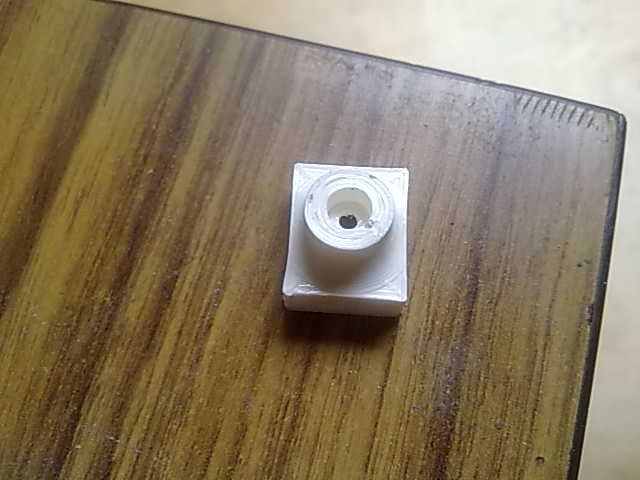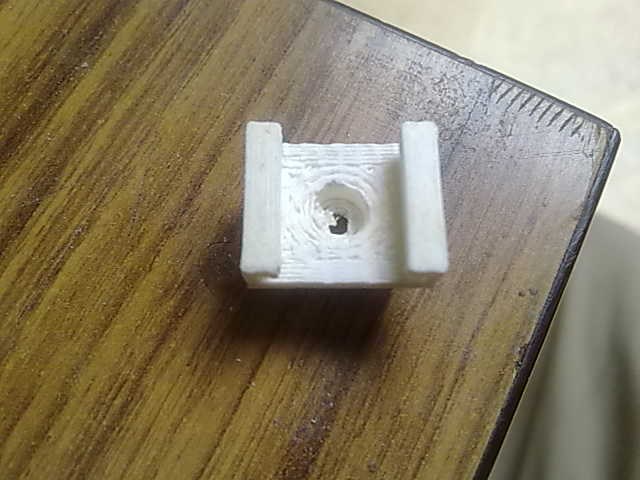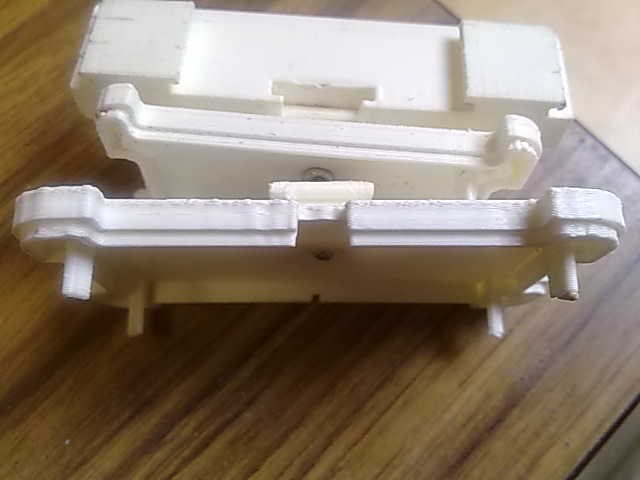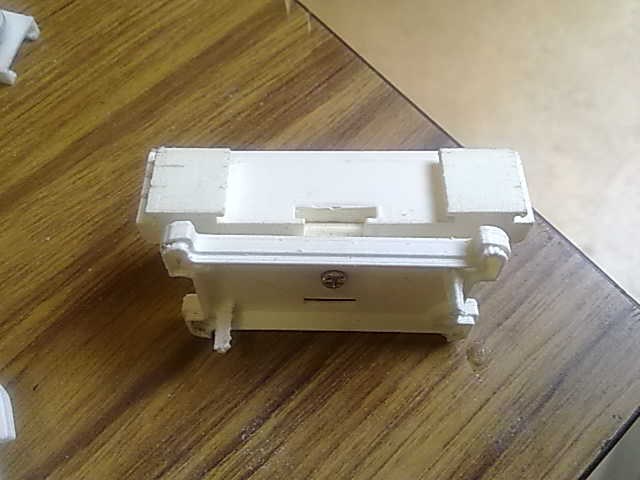Asked
— Edited
hi hope anyone knows this problem.i got some 3d parts ,but they look useble but, are not what it supose to be.i think its a problem whit heating or so.
if i can get a solution i can help the person in the shop.
no gear is in the hole very ruff parts edges are also very ruff




what material is it, ABS?
They dont look bad actually. A little bit of sand paper or post processing would help.
look up using acetone for post processing 3D printed parts. You will use a razor blade to clean up most of the rough places, and then sand it down. This is pretty common output from a 3D printer.
as for the no gear thing, I would take apart a metal servo and heat the end of it, slide it into the hole that you want the teeth in, and then remove it again. You could also use a screw and some red locktite to hold the horn onto the metal servo. This will allow you to remove the horn when you need to.
3D printing isn't exact. you will have rough edges on holes. you will have a lot of cleanup to do.
am not sure whits material is.good idea to use metal axel.
if this is ABS, you will need to heat it to about 165-175 C or so to get it to start to melt the plastic without turning it into goo. If it is PLA, you would want to heat it to about 140-150 C to do the same. Heating it too much will just make a mess.
also, if you are going to use loctite, use the weaker stuff (think its red). This will hold but when you want to get the part off, you can. From a quick scan of their website, they have a lot of different products now.
They do look rough in some places. It looks like the 3d printer used needs a good bit of calibration. It is most common on the cheaper diy 3d printers. I remember my solid oodles had little gaps and oozing at times when it was printed. A Dremel and variety of tips is your best friend for cleaning up buggers off a 3d print.
Try printing in the future on the slowest setting and use the thinnest layer height. That is usually .1 mm and you will have the smoothest possible product.
My results are opposite from cochrans, unless I keep the temp up the layers do not go down smooth. I keep my tip at the factory setting on makerbot 230c for PLA and no heated bed.
I use a 230 for ABS, with a hotbed at 110C, PLA, I run at 200C with the hotbed at 70C. and close the door to the room and close the vents to the room. A lot of the temp also depends on the quality of the filament used. The PLA I had ended up in the trash can and more was ordered.
I was speaking of heating the servo gear to make the gear teeth in the piece.
thank you bolt